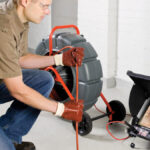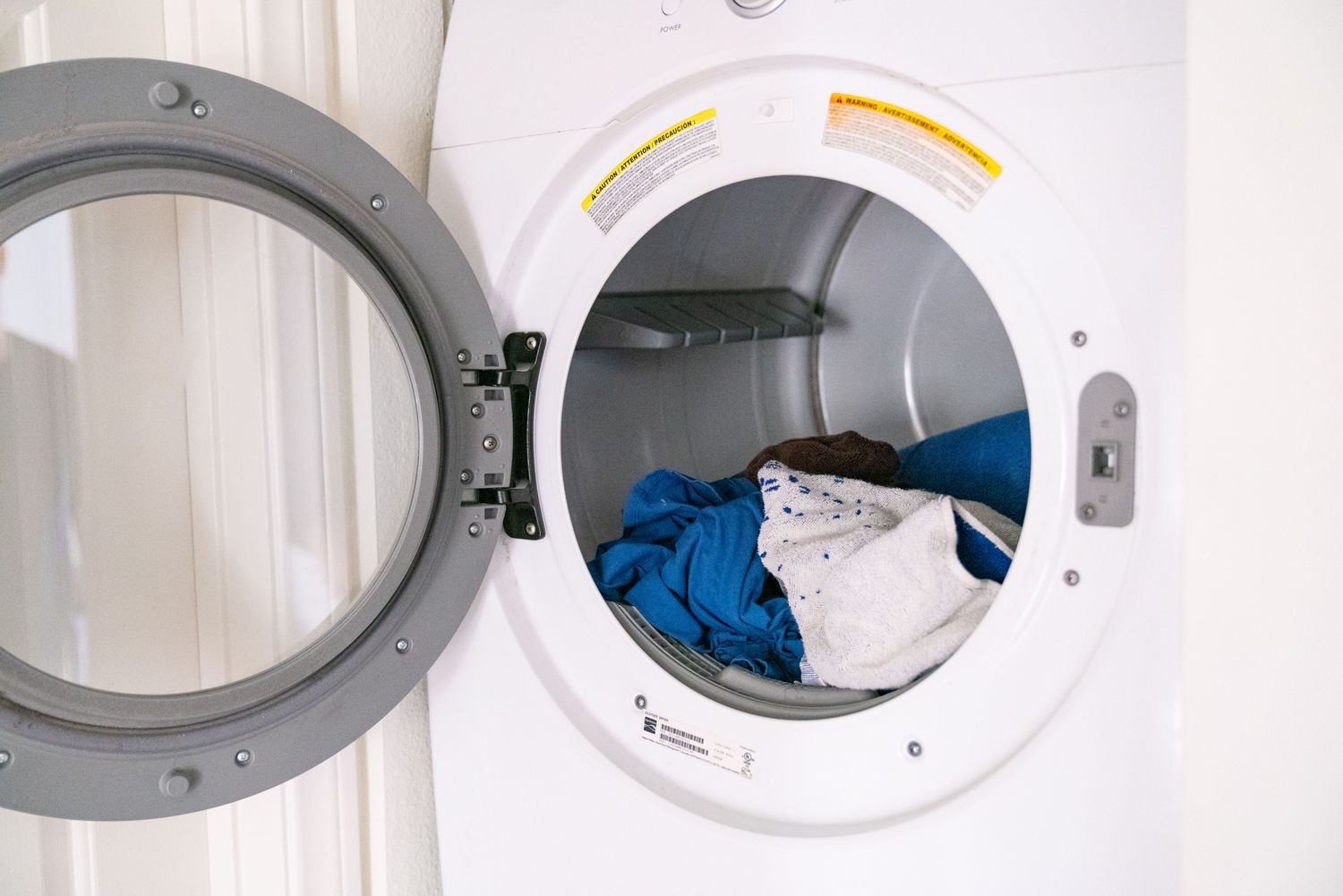A malfunctioning dryer can be a significant inconvenience, disrupting your laundry routine and leaving you with damp clothes and linens. Fortunately, many common dryer issues can be diagnosed and repaired with some basic troubleshooting techniques and DIY solutions. In this comprehensive guide to dryer repair, we will explore everything you need to know to diagnose, troubleshoot, and fix common dryer problems, saving you time and money in the process.
Understanding Your Dryer:
Before attempting any repairs, it’s essential to familiarize yourself with the basic components of your dryer:
Drum: The drum is the large, rotating cylinder inside the dryer where clothes are placed for drying.
Heating Element: The heating element is responsible for generating heat to dry the clothes. It is typically located behind the drum or inside the dryer housing.
Thermostat: The thermostat regulates the temperature inside the dryer to prevent overheating. It may be a mechanical or electronic component located near the heating element.
Ventilation System: The ventilation system includes the exhaust duct, lint trap, and vent hood, which are responsible for removing moisture and lint from the dryer during the drying cycle.
Common Dryer Problems and Solutions:
Dryer Not Heating:
Solution: Check the power supply to ensure the dryer is receiving adequate voltage. Inspect the heating element for visible signs of damage or wear. Test the thermostat and thermal fuse for continuity using a multimeter. Replace any faulty components as needed.
Dryer Not Spinning:
Solution: Verify that the dryer door is securely closed and the start button is pressed. Check the drive belt for signs of damage or wear. Inspect the motor and motor pulley for obstructions or defects. Replace any worn or broken components to restore proper functionality.
Excessive Noise During Operation:
Solution: Examine the drum bearings, rollers, and idler pulley for signs of wear or damage. Lubricate or replace any worn components to reduce friction and noise. Inspect the blower fan for debris or obstructions that may be causing noise during operation.
Dryer Taking Too Long to Dry Clothes:
Solution: Clean the lint trap and exhaust duct to remove any accumulated lint or debris that may be obstructing airflow. Ensure the ventilation system is properly installed and venting to the exterior of the building. Check the heating element and thermostat for proper operation and replace if necessary.
DIY Dryer Repair Tips:
Safety First: Always unplug the dryer from the power source before attempting any repairs to avoid the risk of electric shock.
Use Proper Tools: Invest in a set of basic tools such as a screwdriver, wrench, and multimeter for diagnosing and repairing dryer problems.
Refer to Manuals and Guides: Consult the dryer’s owner’s manual or manufacturer’s website for troubleshooting tips, repair guides, and parts diagrams.
Watch Online Tutorials: Utilize online resources such as video tutorials and repair forums for step-by-step guidance on common dryer repairs.
When to Seek Professional Help:
While many dryer repairs can be performed DIY, some issues may require professional assistance, especially if they involve complex electrical components or safety hazards. Consider seeking help from a qualified appliance repair technician if:
- You are unsure about how to diagnose or repair the problem.
- The repair involves handling electrical components or gas lines.
- You do not have the necessary tools or expertise to perform the repair safely.
Frequently Asked Questions (FAQs)
What are the most common dryer problems?
Some common dryer issues include the dryer not heating, not spinning, making excessive noise during operation, or taking too long to dry clothes.
How can I troubleshoot a dryer that is not heating?
Start by checking the power supply to the dryer and inspecting the heating element, thermostat, and thermal fuse for any signs of damage. Test these components using a multimeter to determine if they are functioning correctly.
What should I do if my dryer is making strange noises?
Examine the drum bearings, rollers, and idler pulley for signs of wear or damage. Lubricate or replace any worn components to reduce friction and noise. Additionally, check the blower fan for debris or obstructions that may be causing noise during operation.
Conclusion:
Dryer repair doesn’t have to be daunting if you have the right knowledge and resources at your disposal. By understanding the basic components of your dryer, appliance repair, identifying common problems, and following DIY repair tips and solutions, you can troubleshoot and fix many issues on your own. Remember to prioritize safety, use proper tools and techniques, and don’t hesitate to seek professional help when needed. With a little effort and know-how, you can keep your dryer running smoothly and efficiently for years to come.

 How Often Should a Roof Be Replaced?
How Often Should a Roof Be Replaced?  Narra Residences Unveil Supreme Elegance in Singapore’s Dairy Farm Walk
Narra Residences Unveil Supreme Elegance in Singapore’s Dairy Farm Walk  Emergency Roof Repair in Wyoming: What to Do When Disaster Strikes
Emergency Roof Repair in Wyoming: What to Do When Disaster Strikes  Red Flags to Watch Out for When Choosing a Real Estate Agent
Red Flags to Watch Out for When Choosing a Real Estate Agent  How Site Preparation Impacts the Success of Concrete Construction
How Site Preparation Impacts the Success of Concrete Construction  Florida’s Venomous Spiders: What to Know and When to Worry
Florida’s Venomous Spiders: What to Know and When to Worry  Why Homeowners Trust Sewer Camera Inspections for Accuracy
Why Homeowners Trust Sewer Camera Inspections for Accuracy  Modern Tempered Glass Doors Enhance Interiors With Sleek Functionality And Aesthetic Value
Modern Tempered Glass Doors Enhance Interiors With Sleek Functionality And Aesthetic Value  Earning the CCIM Designation: Required Education, Experience, and Industry Commitments
Earning the CCIM Designation: Required Education, Experience, and Industry Commitments 